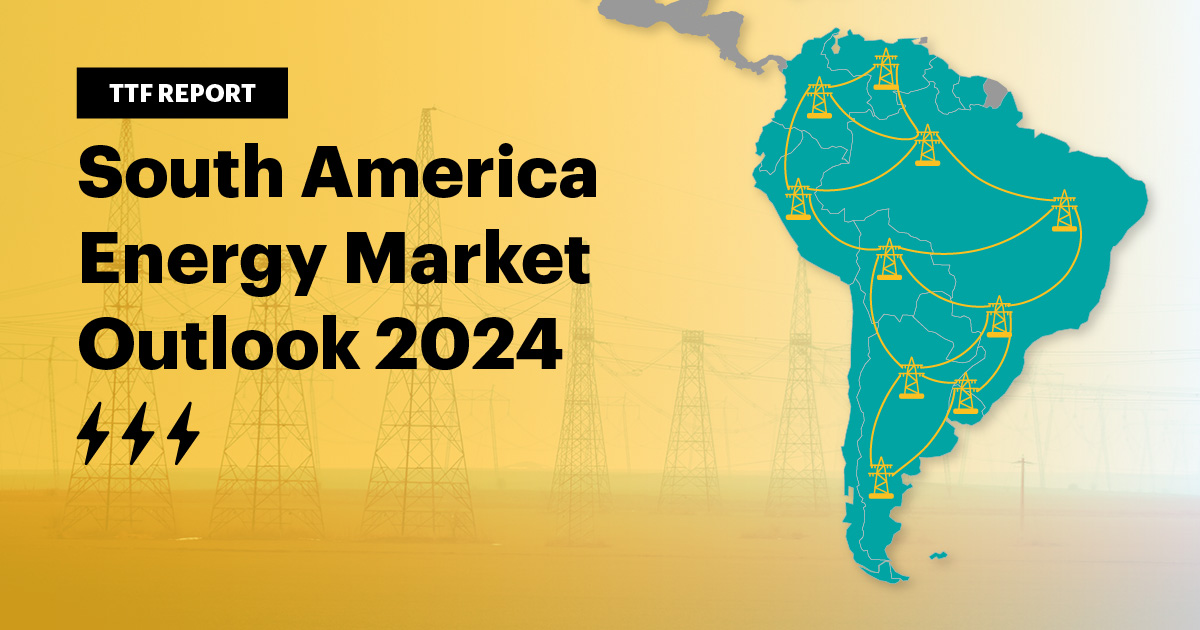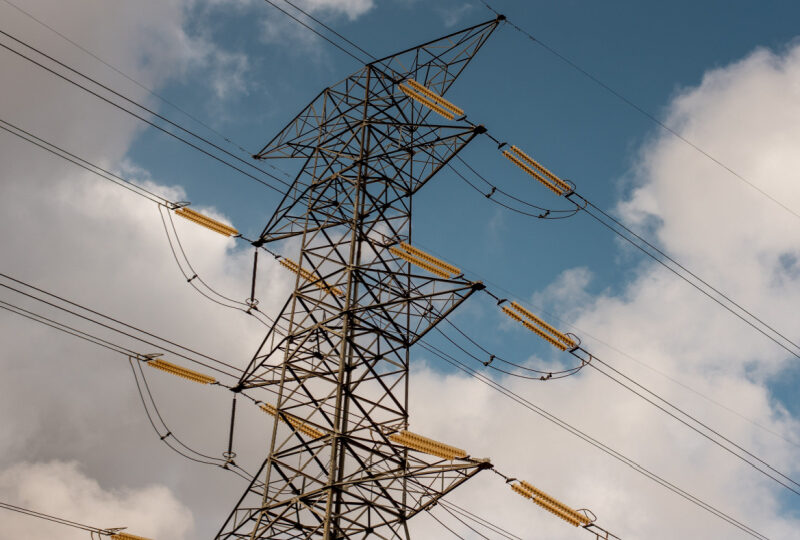
South America’s grid infrastructure reflects the continent’s diverse economic, geographical, and political settings. The region offers plenty of natural resources for power generation. Hydropower, solar power, and wind electricity all contribute to the electric grid’s sustainability. The continent’s topography is diverse, ranging from the Amazon jungle to the Andes Mountains. They pose particular challenges to grid building and maintenance. South American countries continue to invest in grid infrastructure to accommodate their increasing renewable energy resources. Brazil, for example, has made attempts to expand and modernize its grid in response to its huge and diverse energy mix. Chile has made some investments to integrating renewable energy sources. Meanwhile, Colombia is expanding its grid network to better connect isolated areas and increase reliability.
Obstacles and prospects in South America
South America must solve the difficulties of energy availability in rural areas and places with poor energy production. Rural electricity remains a struggle throughout much of South America. To address this difficulty, the region could develop microgrids and off-grid options. The majority of South America’s grid infrastructure is dependent on hydropower generation. This could lead to droughts, limiting water availability and energy generation. However, there is a rising awareness of the need for significant investment in grid upgrading to boost efficiency. Brazil’s grid development and upgrading involve several significant projects and initiatives. Chile’s strong push for solar and wind energy resulted in investments in grid upgrade. There is also grid connectivity between Brazil and Argentina.
Smart Wires supporting South America’s Grid Infrastructure
Smart wires are modern technologies and systems meant to improve the operation of electrical networks. They are devices that regulate power flow across electrical transmission cables. South America’s deployment of smart wires technology aims to update its old grid systems, integrate renewable energy, and increase grid stability. Smart wire technology enables operators to manage power flow through the use of modular power flow controllers. For example, Brazil is in the forefront of smart wire technology adoption. They deployed smart wires to increase the efficiency of their transmission network. Smart wires help to address congestion concerns in Argentina’s transmission network. The following are the primary characteristics of smart wires used in grid infrastructure.

- Power flow control – smart wires devices can direct electricity through specific pathways. This helps to optimize the use of existing transmission line. This helps prevent overloads on certain parts of the grid while underutilized lines can carry more load.
- Grid flexibility – smart wires technology enhances grid flexibility which is crucial for integrating variable renewable energy sources.
- Scalability and modularity – these devices are modular which can be easily added or removed based on changing needs. This makes them the best solution for grid expansion and modernization.
- Real time monitoring and response – smart wires have sensors and communication systems that provide real-time data on grid conditions. This allows operators to respond to changes in demand or supply to improve grid reliability.
Advanced power flow controllers for transmission grids.
Advanced power flow controls are a set of technologies and systems designed to manage and optimize the flow of electricity. The controllers can change power flows in real time, respond to changes in demand and supply, and rebalance the system. The major components include flexible AC transmission systems (FACTS), dynamic line rating (DLR), modular power flow controllers, and phase-shifting transformers (PSTs). Brazil uses technology such as FACTS and Smart Wires to balance hydroelectric, wind, and solar energy generation. Additionally, Chile employs APFC technology such as Dynamic Line Rating and Smart Wires. These help to manage the variability of solar electricity in the Atacama Desert. These technologies are also useful in regulating grid congestion and reducing transmission line overload. The grid connection between Colombia and surrounding nations employs APFC.

- Enhanced grid flexibility – APFC technologies provide operators with the tools to respond to changes in demand and supply.
- Better renewable integration – the technologies also manage the variability of renewable energy sources like wind and solar.
- Cost-effective upgrades – APFCs allow for more efficient use of existing transmission infrastructure. This helps reduce the need for costly new transmission lines.
- Improved reliability – APFCs contribute to a more reliable grid by preventing overloads, managing voltage levels and reducing the risk of blackouts.